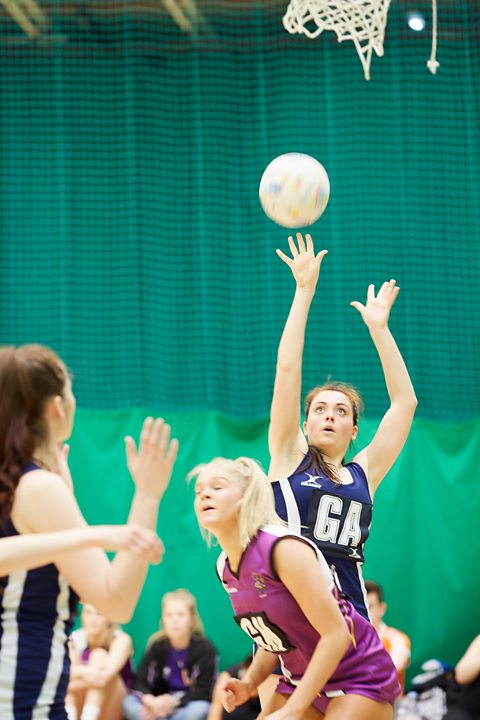How social factors interact with other factors
How social factors interact with mental factors
Primary social factor: communication
Secondary mental factor: decision-making
In football, a performer who can communicate loudly can alert their teammate in possession to their position on the pitch.
By calling for the ball when in space, it helps their teammate make the correct decision to pass to them by making the teammate aware of the space they are in. This is an example of how communication can impact decision-making.
- Using your communication skills can really help your teammate's decision making skills when in possession in football.
- By calling loudly for the ball when in space, you alert your teammate to your position on the pitch. This helps simplify what they should do with the ball.
- This leads to them deciding to play the pass to you in order to maintain possession for your team.
How social factors interact with emotional factors
Primary social factor: team dynamics
Secondary emotional factor: fear

Consider this pinball
through netball. As a goal shoot, you may find that you will be criticised by your teammates for missing scoring opportunities should your team dynamics be low.
This could make you fearful of making more mistakes so you stop trying to get into shooting spaces inside the shooting circle. This is an example of how poor team dynamics can impact heightened levels of fear.
- Poor team dynamics can cause your levels of fear to go out of control if you miss scoring opportunities as a goal shoot in netball.
- This means your teammates could criticise you for your miss, making you fearful of missing more shots later in the game as you do not want to be criticised again.
- This could lead to you no longer looking to get into shooting positions in the shooting circle, making it harder for your teammates to create scoring opportunities.
How social factors interact with physical factors
Primary social factor: communication
Secondary physical factor: strengths and weaknesses
In football, as a defender, you may come up against a tricky attacker. In these circumstances, a teammate may come over to support you to create a two versus one
situation.
Your teammate may communicate to you and remind you to show the attacker onto their weaker foot in order to force an error. This is an example of how communication can impact your tactical plan of exploiting an opponent's weakness.
- Communication could help remind you of the tactical plan of exploiting an opponent's weakness when playing as a full back in football.
- This means that when you are faced up by an attacker, your teammates could shout to you to show the attacker onto their weaker foot.
- This could then lead to you making the attacker uncomfortable on their weaker side and them giving away possession.
More guides on this topic
- Factors impacting on performance - Introduction
- Impact of mental factors on performance
- Impact of emotional factors on performance
- Impact of social factors on performance
- Impact of physical factors on performance - Fitness
- Impact of physical factors on performance - Skills
- Impact of physical factors on performance - Tactics